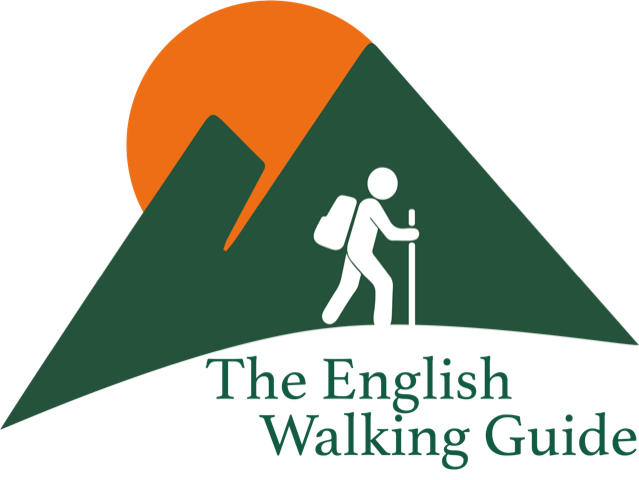How difficult are the walks?
There are three grades of walk namely easy, intermediate and difficult. Each walk summary contains a description of its individual characteristics and it is important to read them.
Do I need to be super fit?
When booking a walk you are vouching that you are in good health and fit enough to complete it.
You must also notify us when booking a walk of any medical condition or allergy relevant to the physical activity. All the walks are almost always unsuitable for someone with a serious heart condition, high blood pressure, chronic diabetes or difficult to manage asthma.
Before the walk starts the guide will go through a short checklist as a secondary precaution. If you are uncertain about your condition and ability to do the walk, we recommend that you consult your physician in advance and show him/her the description of the walk.
Recently we guided a client in his late 60s, who had a pacemaker, on a difficult walk. He could measure his heart rate on his watch and was aware of the risk of over exertion. Through the sensible steps he had taken he was able to complete the walk enjoyably and with ease.
It just comes down to being honest about one’s condition and abilities.
Are the walks safe?
Safety is an absolute priority for us. We take all reasonable steps to minimise the risk of harm to an individual and the group. Equally you must understand that you participate in the walk at your own risk.
In the interest of safety of both yourself and the group you must follow the advice of the guide at all times.
IMPORTANT
We reserve the right to exclude from the walk at any time a client who has provided misleading information about their condition or abilities. This means that the guide can turn around a client on the walk if he/she decides that the client is not able to safely complete it or presents a risk to the other members of the group. The client will need to return at their own expense. There will be no reimbursement of any fee paid.
What shoes should I wear?
Please refer to the checklist of the walk which you plan to make.
On all walks flip flops/thongs are unsuitable. Even the easy walks involve going along stony paths.
On some walks sturdy trainers will suffice. On others, including all the difficult walks, more robust footwear is required.
Please feel free to contact us if you are unsure about the suitability of your footwear. You can even send us a photo of the proposed shoes or boots and we will advise you.
What equipment do I need?
Rucksack
A small rucksack between 15 and 25L is usually ideal. If you do not have one, we keep a stock of rucksacks which you can borrow. Just let us know in advance.
Walking poles
After trekking at altitude in the Andes Jeremy is a convert to the use of them especially if there is a steep or prolonged descent. The guide always carries a set of poles for client use on each walk.
Please refer to the walk checklist for a description of the terrain and incline.
We also have a stock of walking poles which clients may borrow. Again it would help if you let us know in advance.
First Aid
The guide carries a small first aid kit and is first aid trained.
Other
Sun screen or cream is essential even during the spring and autumn.
Should I bring food and drink?
With nearly every walk you must bring a minimum of 1.5L of water. There are branded reusable metal water bottles available for sale if you need one.
Environmental consideration: please try to source filtered water if possible rather than buy a plastic bottle.
You should bring a snack or lunch. It is surprising how hungry you can become.
We have public liability insurance up to 600,000€. However we recommend that you arrange suitable travel insurance which covers your participation in the walking activity.

